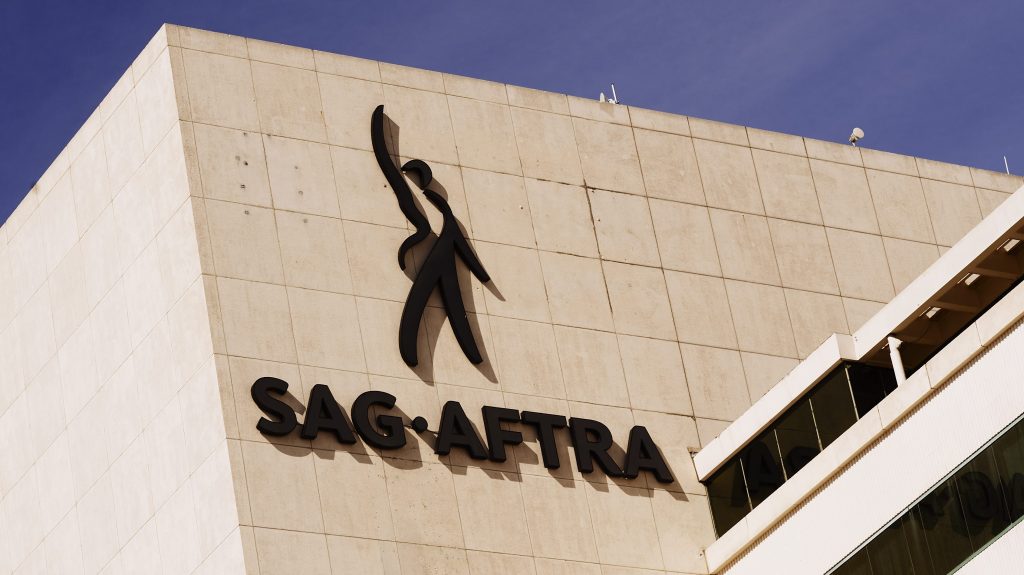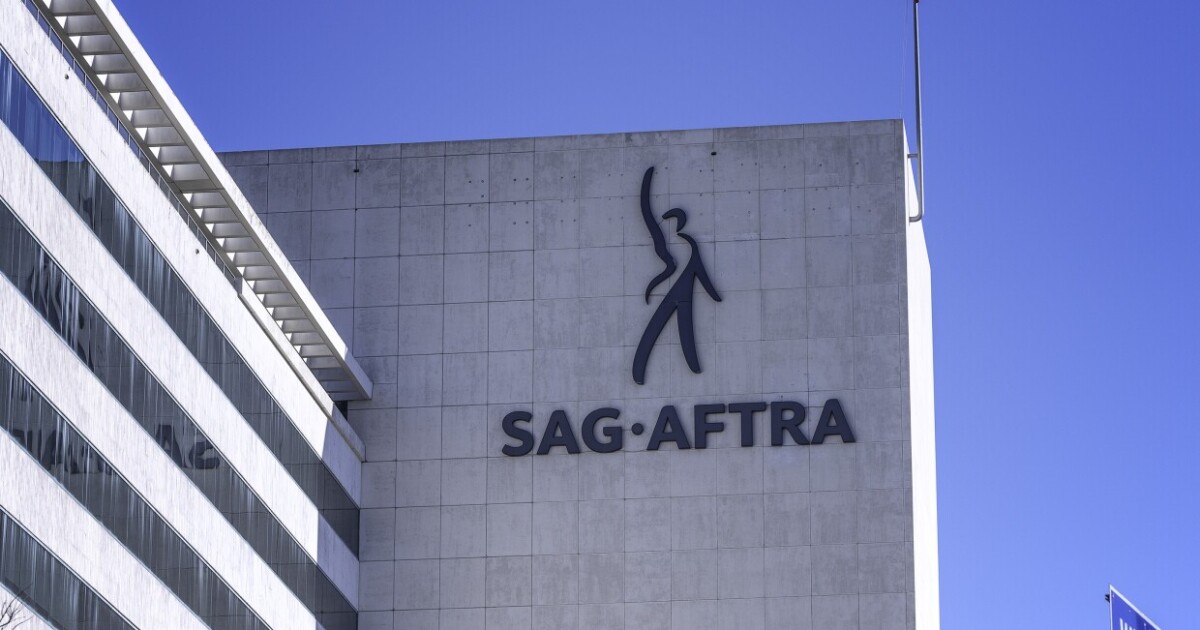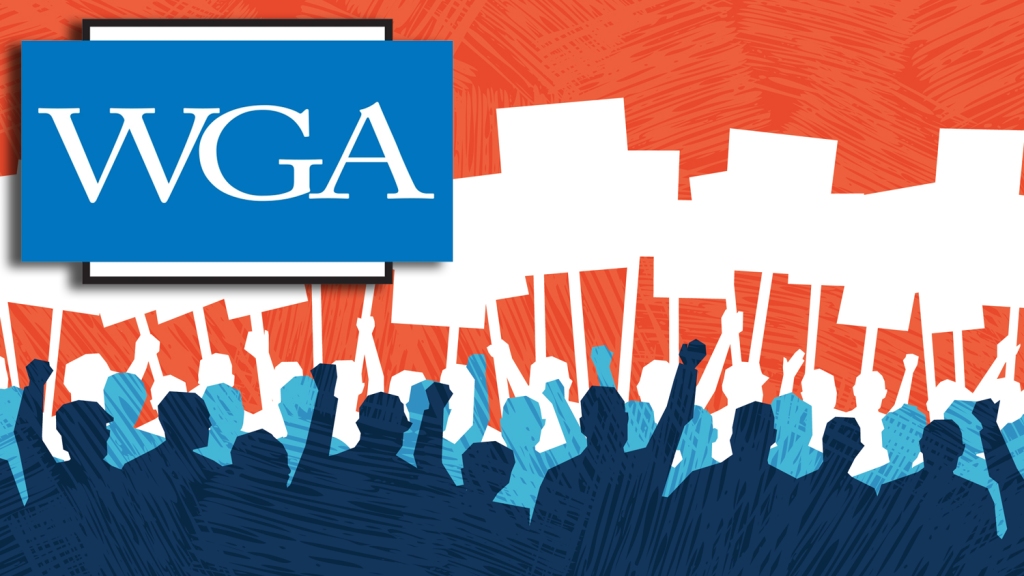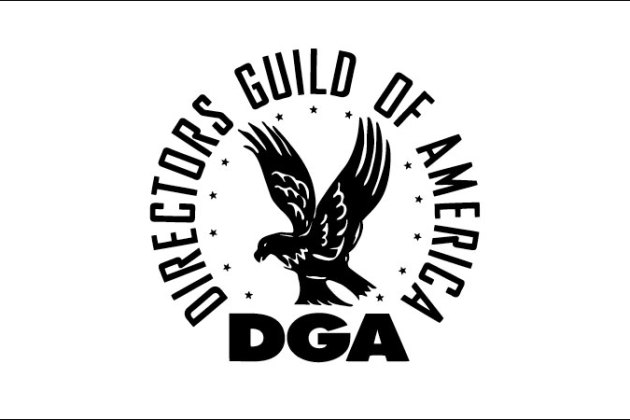DGA Members Approve Contract Overwhelmingly
The Directors Guild of America has announced that its members have voted overwhelmingly in favor of a new three-year contract that includes wage hikes and a significant increase in international residuals on the largest platforms. The Alliance of Motion Picture and Television Producers, which represents the studios, has also responded positively, saying it hopes to achieve a similar agreement with representatives of the Screen Actors Guild – American Federation of Television and Radio Artists (SAG-AFTRA).
The Vote Results

In its announcement made this week, the Directors Guild of America said that 75.6% of its members participated in the voting process and that of those, 98% approved the agreement. The new contract includes a 2.5% annual increase in wages, up from the previous 2.5% increase, and it has also significantly increased international residuals on streaming platforms like Netflix, Amazon Prime Video, and Hulu. According to the DGA’s official statement, union members will receive residuals of three times the current rate for high budget products aired online, including feature films and the top ten budget series.
SAG-AFTRA’s Negotiations

The Screen Actors Guild – American Federation of Television and Radio Artists (SAG-AFTRA) is now waiting to negotiate with the Alliance of Motion Picture and Television Producers (AMPTP) to renew its contract, which expires on June 30. While SAG-AFTRA’s agenda includes restrictions on the use of artificial intelligence, the guild is yet to reveal what issues it is prioritizing for the upcoming negotiations.
SAG-AFTRA’s Strike Authorization

The news of the DGA deal comes just days after all eligible SAG-AFTRA members voted overwhelmingly to approve a strike authorization, allowing the guild to use a strike as a negotiating tactic if they fail to reach an agreement with the AMPTP. This is an unusual move for SAG-AFTRA, which typically resolves its contracts without resorting to strike threats. The vote result is seen as a signal that the guild’s members are united behind their demands for improved working conditions.
The Potential Strike’s Impacts
If SAG-AFTRA follows through with a strike, it could have significant consequences for the film and television industry. The last time the guild went on strike against the industry was in 1980, when it took action over residuals for pay TV and videocassettes. The strike lasted for 94 days, causing significant disruption to productions. However, SAG-AFTRA has not gone on strike against the film and television industry since its merger in 2012.
The AMPTP’s Response
Despite the potential for a strike, the Alliance of Motion Picture and Television Producers has said that it is committed to achieving a new agreement that is beneficial to SAG-AFTRA members and the industry as a whole. It has not yet commented on the likely impact of a strike on production.
Solidarity Between SAG-AFTRA and Other Guilds

Both SAG-AFTRA and the DGA are members of the AMPTP coalition, along with the Writers Guild of America (WGA). The WGA is in the midst of its own strike, which began on November 5, 2019 and has now entered its sixth week. Many SAG-AFTRA members have already shown their support for the WGA by joining members on picket lines. All three guilds have declared their solidarity with each other in their respective negotiations with the AMPTP.
Conclusion

Given the results announced by the Directors Guild of America and the strike authorization vote by the Screen Actors Guild – American Federation of Television and Radio Artists, negotiations between these guilds and the Alliance of Motion Picture and Television Producers are expected to be highly charged and potentially contentious. Nevertheless, they are viewed as critical for the continued growth of the entertainment industry and the fair treatment of its creative professionals.
FAQ:

1. How have Directors Guild of America members voted in the tentative agreement?
Directors Guild of America (DGA) members have approved a tentative new three-year contract by 98%.
2. What are the wage hikes included in the DGA’s new three-year contract?
The new DGA contract included a 2.5% annual increase in wages, up from the previous 2.5% increase.
3. What is the potential impact of a Screen Actors Guild – American Federation of Television and Radio Artists (SAG-AFTRA) strike on productions?
The SAG-AFTRA last took strike action in 1980, causing significant disruption to productions. If a strike were to occur now, it could have a similar impact on the entertainment industry.
4. What issues are SAG-AFTRA prioritizing for the upcoming negotiations with the Alliance of Motion Picture and Television Producers (AMPTP)?
While SAG-AFTRA has indicated its intention to negotiate restrictions on the use of artificial intelligence, it has yet to publicly reveal what issues it is prioritizing in its negotiations with the AMPTP.
5. What is the Alliance of Motion Picture and Television Producers’ response to SAG-AFTRA’s strike authorization?
In response to the strike authorization vote, the AMPTP has said it is committed to achieving a new agreement that is beneficial to SAG-AFTRA members and the industry overall.

